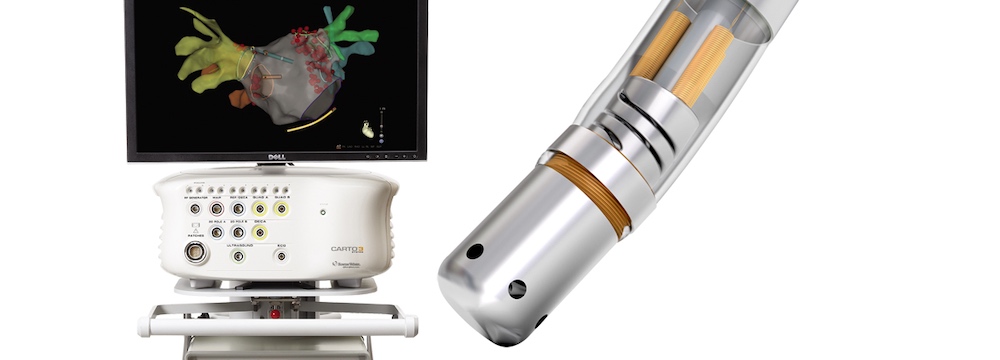A Tour of the Amazing Technology Electrophysiologists Have at Their Disposal
January 11, 2022
Electrophysiology is a very specialized part of cardiology that deals with the electrical system of the heart. Just a few decades ago, treating irregular heartbeats either meant living with the side effects of medication or dealing with these often-debilitating effects of the irregular heart rhythm. With the advent of modern technology in the diagnosis and treatment of cardiac arrhythmias, especially Atrial Fibrillation (Afib), we can diagnose more accurately and treat more effectively. Following are just a few of the many tools that we have at our disposal.

Diagnostic
Monitors and Recorders: While you likely had an EKG at your routine checkup, these diagnostic tools do not help with paroxysmal, or occasional, arrhythmias unless they occur during the visit. As such, Electrophysiologists have extremely sensitive equipment including Holter monitors which can be likened to a portable EKG and worn externally, through to implantable loop recorders that continually monitor the heart and send data back for evaluation.
EP studies: An EP study is conducted in an electrophysiology lab at the hospital. It is an outpatient procedure that threads a catheter, with a sensitive mapping tip, into the heart through a vein in the groin. This minimally invasive procedure allows your Electrophysiologist to visualize the heart in three dimensions along with errant electrical signals. As a bonus, if a treatable arrhythmia is found, a catheter ablation can be performed at the same time.
Non fluoroscopy imaging. Traditionally, catheters had to be threaded to the heart using continuous X ray or fluoroscopy. Today, most of Dr. Banker’s catheter procedures are performed using ultrasound which saves the patient, especially those of younger age, from exposure to radiation.
Treatments
Cardiac catheter ablation is one of the most exciting advances in cardiology because it allows for the minimally invasive treatment of cardiac arrhythmias. Most often used for supraventricular tachycardia, Dr. Banker uses RF catheter ablation or cryoablation – applying heat or cold respectively – to a ablate or destroy malfunctioning heart tissue. This can cure the arrhythmia in upwards of 70 to 80% of qualified patients.
Leadless Pacemakers
For patients that qualify, Dr. Banker offers leadless pacing, which involves the insertion of a pacemaker directly into one of the ventricles of the heart. Unlike traditional pacemakers, there are no leads or wires running from the device the heart. Instead, the device is simply a tiny self-contained implant attached within the heart.
These are just a few of the incredible advances that electrophysiology is making. New devices and techniques are being developed around the world on a regular basis and electrophysiology is firmly at the forefront of the technological advancement in cardiology. For more information, please contact Dr Banker for a consultation.


